Nationality British Parents William Campbell | Role Race car driver Name Malcolm Campbell Movies Burn 'Em Up O'Connor | |
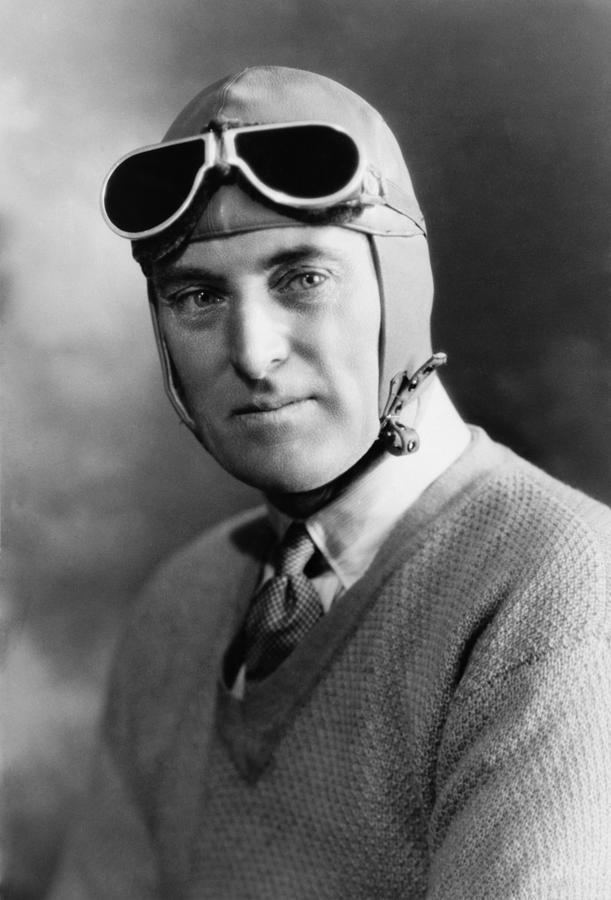 | ||
Occupation Racing motorist, journalist Children Donald Campbell, Jean Campbell Spouse Betty Nicory (m. 1945–1948), Dorothy Evelyn Whittall (m. 1920–1940), Marjorie D. Knott (m. 1913–1915) | ||
Sir malcolm campbell sets a speed record in his bluebird car at daytona beach fl hd stock footage
Major Sir Malcolm Campbell (11 March 1885 – 31 December 1948) was a British racing motorist and motoring journalist. He gained the world speed record on land and on water at various times during the 1920s and 1930s using vehicles called Blue Bird, including a 1921 Grand Prix Sunbeam. His son, Donald Campbell, carried on the family tradition by holding both land speed and water speed records.
Contents
- Sir malcolm campbell sets a speed record in his bluebird car at daytona beach fl hd stock footage
- Video blog malcolm campbell s bluebird land speed record car start up
- Early life and family
- Military service
- Grand Prix career
- Land speed record
- Water speed records
- Politics
- Death
- Honours and awards
- References
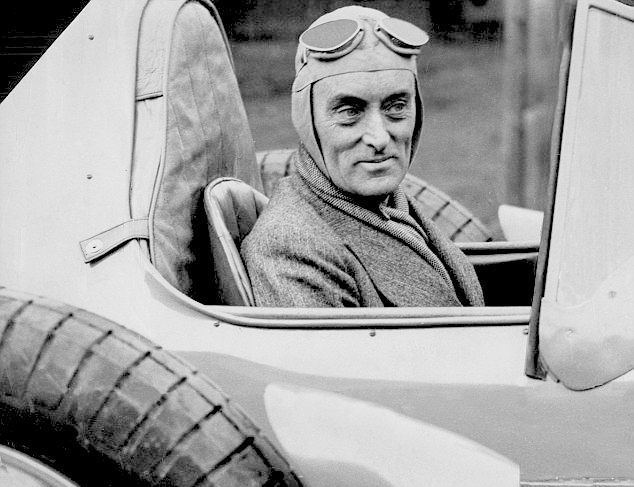
Video blog malcolm campbell s bluebird land speed record car start up
Early life and family
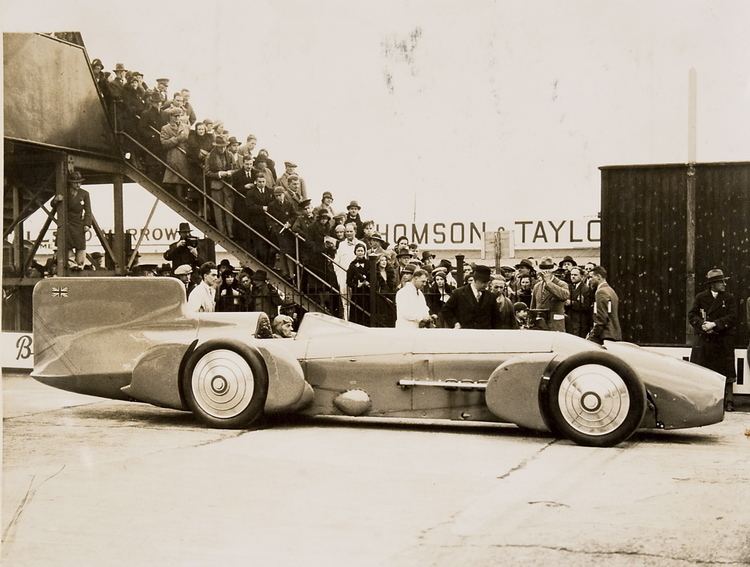
Malcolm Campbell was born in Chislehurst, Kent on 11 March 1885, the only son of William Campbell, a Hatton Garden diamond seller. He attended the independent Uppingham School. In Germany, learning the diamond trade, he gained an interest in motorbikes and races. Returning to Britain, he worked for two years at Lloyd's of London for no pay, then for another year at £1 a week.
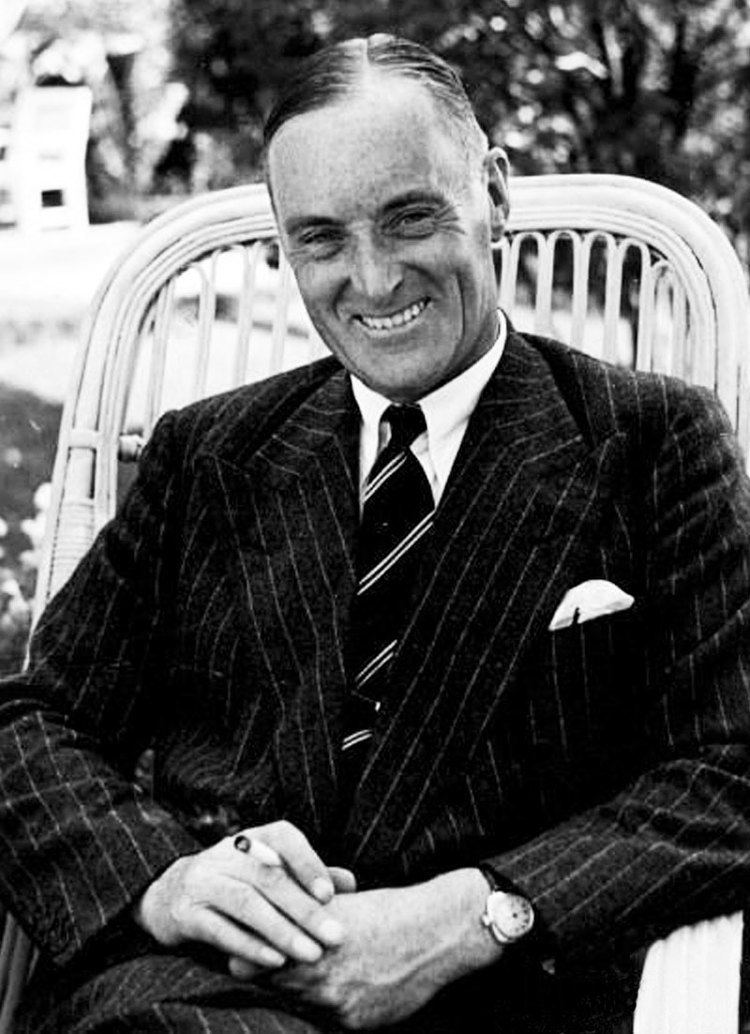
Between 1906 and 1908, he won all three London to Lakes End Trials motorcycle races. In 1910 he began racing cars at Brooklands. He christened his car Blue Bird, painting it blue, after seeing the play The Blue Bird by Maurice Maeterlinck at the Haymarket Theatre. Campbell married Marjorie Dagmar Knott in 1913 but divorced two years later.
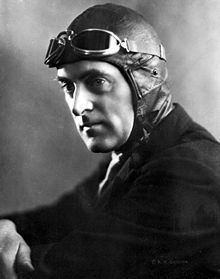
Campbell then married Dorothy Evelyn Whittall in 1920 and their son Donald was born in 1921, and their daughter, Jean, in 1923. They divorced in 1940. Campbell married Betty Nicory in 1945 in Chelsea.
Military service
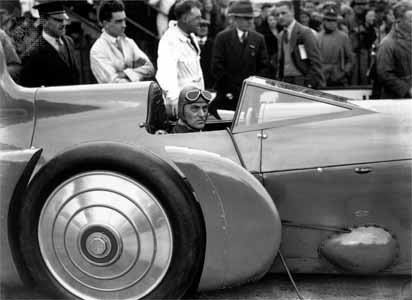
At the outbreak of World War I Campbell initially enlisted as a motorcycle dispatch rider and fought at the Battle of Mons in August 1914. Shortly afterwards he was commissioned as a Second Lieutenant in the 5th Battalion, Queen's Own (Royal West Kent Regiment), a Territorial Force unit, on 2 September 1914. He was soon drafted into the Royal Flying Corps where he served as a ferry pilot, as his instructors believed he was too clumsy to make the grade as a fighter pilot.
During the late 1930s he commanded the Provost Company of the 56th (London) Division of the Territorial Army. From 1940 to 1942 he commanded the Military Police contingent of the Coats Mission tasked with evacuating King George VI, Queen Elizabeth and their immediate family from London in the event of German invasion. On 23 January 1943 he was transferred from the Corps of Military Police to the General List. On 16 December 1945, having attained the age limit of 60, Campbell relinquished his commission and was granted the honorary rank of Major.
Grand Prix career
He competed in Grand Prix motor racing, winning the 1927 and 1928 Grand Prix de Boulogne in France driving a Bugatti T37A.
Land speed record
He broke the land speed record for the first time in 1924 at 146.16 mph (235.22 km/h) at Pendine Sands near Carmarthen Bay in a 350HP V12 Sunbeam, now on display at the National Motor Museum, Beaulieu. Campbell broke nine land speed records between 1924 and 1935, with three at Pendine Sands and five at Daytona Beach. His first two records were driving a racing car built by Sunbeam.
On 4 February 1927 Campbell set the land speed record at Pendine Sands, covering the Flying Kilometre (in an average of two runs) at 174.883 mph (281.447 km/h) and the Flying Mile in 174.224 mph (280.386 km/h), in the Napier-Campbell Blue Bird.
He set his final land speed record at the Bonneville Salt Flats in Utah on 3 September 1935, and was the first person to drive an automobile over 300 mph, averaging 301.337 mph (484.955 km/h) in two passes.
Water speed records
He developed and flotation-tested Blue Bird on Tilgate Lake, in Tilgate Park, Crawley. He set the water speed record four times, his highest speed being 141.740 mph (228.108 km/h) in the Blue Bird K4. He set the record on 19 August 1939 on Coniston Water, Cumbria, England.
Politics
He stood for Parliament without success at the 1935 general election in Deptford for the Conservative Party, despite his links to the British Union of Fascists. Reportedly, he once adorned his car with a Fascist pennant of the London Volunteer Transport Service, though there has been no photographic evidence to support this claim.
Death
He died after a series of strokes in 1948 in Reigate, Surrey, aged 63 years. He was one of the few land speed record holders of his era to die of natural causes, as so many had died in crashes. His versatile racing on different vehicles made him internationally famous.
